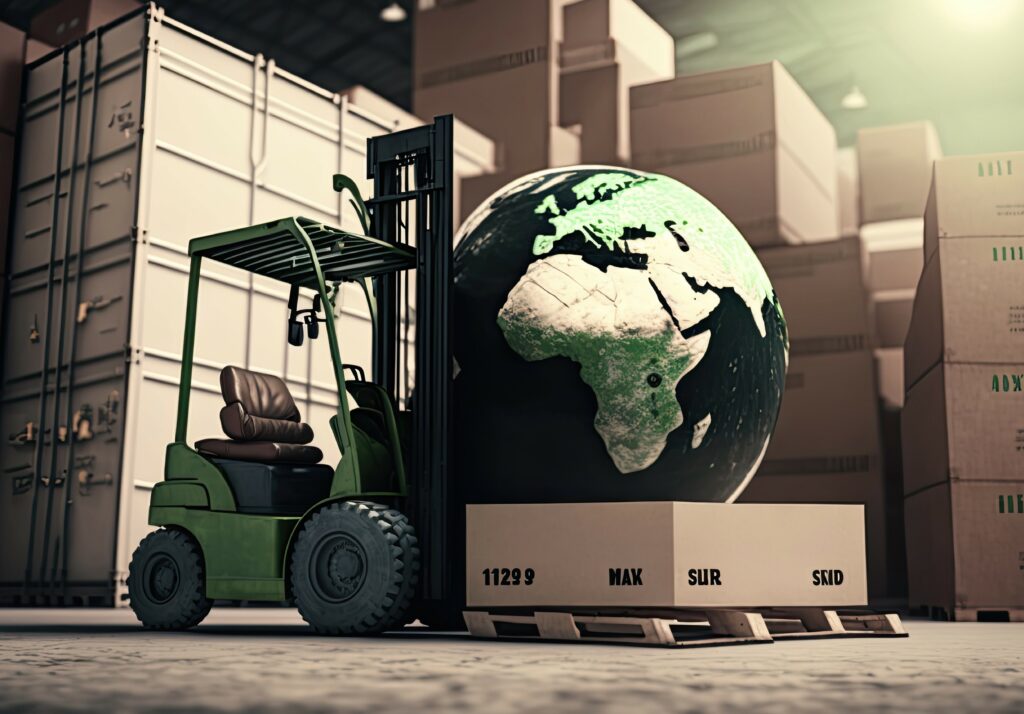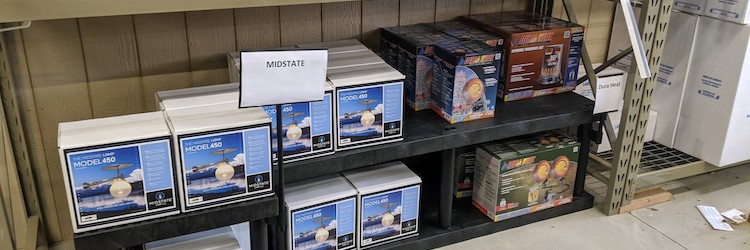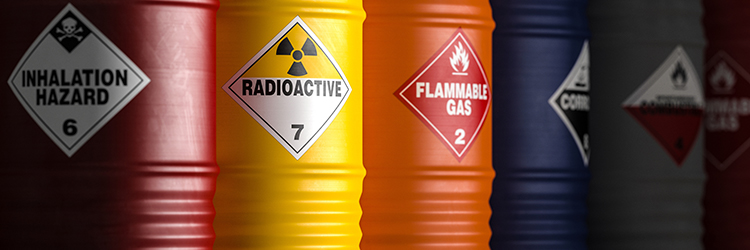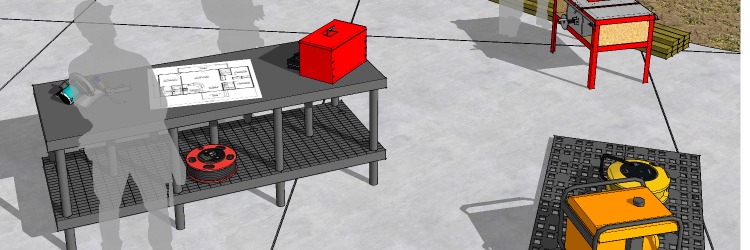5 Ways to Implement “Green” Initiatives in Your Warehouse

As we continue to learn more about climate change and the environmental impact humans have on the planet, warehouses must take responsibility for the carbon emissions they produce and other ways in which industrial supply chain practices negatively impact the earth. By incorporating green warehousing practices, industrial warehouses can reduce carbon emissions, reduce waste, improve energy efficiency, and even save money.
Failing to adopt practices that champion sustainability has negative consequences from an environmental perspective as well as a business perspective. Making the switch to green warehousing doesn’t have to be complicated; there are many simple ways to implement sustainable practices in your industrial warehouse while supporting business goals.
Simple Ways to Practice Green Warehousing
As customers become more aware of their carbon footprint, they often seek out products and companies that value sustainability and incorporate green initiatives in their production and supply chain processes. To maintain a loyal base of customers, every part of the organization needs to adapt to the new environment, including warehousing. Here are a few ways to make your warehouse greener:
- Install Eco-Lighting – One of the simplest and most effective changes you can make in an industrial warehouse is switching to LED lighting options. Though LEDs may have a higher upfront cost, you’ll see a quick return due to their longer lifespan and the fact that they use about 80% less electricity than other lighting options. Additionally, they don’t get as hot, which reduces their heat emission.
- Recycle More – Warehousing uses a wide range of recyclable materials; just think about how many cardboard boxes are used each day in a warehouse setting. By implementing a strong recycling system, you can cut down on waste ending up unnecessarily in landfills. Be creative when coming up with ways to reuse materials as long as possible. Instead of recycling a box after one use, use old shipping boxes to organize back stock, then recycle them.
- Use Sustainable Materials – Cardboard can be recycled multiple times, so sourcing packaging or storing containers through a supplier that recycles can be a simple way to incorporate sustainable materials in your warehouse. Also, consider investing in sustainable shelving units or utility carts; by considering sustainability in all your processes, you’ll be able to spot a plethora of green warehousing opportunities!
- Check Your Insulation – A common culprit of high energy bills and massive environmental impact is poor insulation. Whether your warehouse needs to be warmed or cooled, improper insulation can let that air out instead of retaining it. If your HVAC system has to work harder than it should to maintain a certain temperature, your heating and cooling bills are going to shoot up, costing you money. Not only does this pull money out of your pockets, but it increases your carbon footprint too.
- “Go Green” in the Office – Don’t overlook simple sustainability solutions; go green on the administrative side, too! Use electronic systems and get rid of paper printouts or hardcopy communication methods. Ensure lights are shut off when not in use and power strips are turned off at the end of each day. Don’t let the green warehousing efforts get negated by bad habits in the office.
Invest in Your Business & the Earth
Taking the time to employ sustainable warehousing practices pays dividends, both financially and environmentally. Though making the switch might require an upfront investment, many green warehousing practices will save you money in the long run and pull in a more loyal customer base. If your business strategy is aiming for longevity and future success, take the time to make the changes needed today so you can be successful tomorrow.
Turning a blind eye to the impact that industrial warehouses have on the planet won’t help anyone, so it’s best to own it, change it, and pave the path for future practices. Start by implementing small changes that can have a big impact or look at what other green companies are doing for best practice advice.


